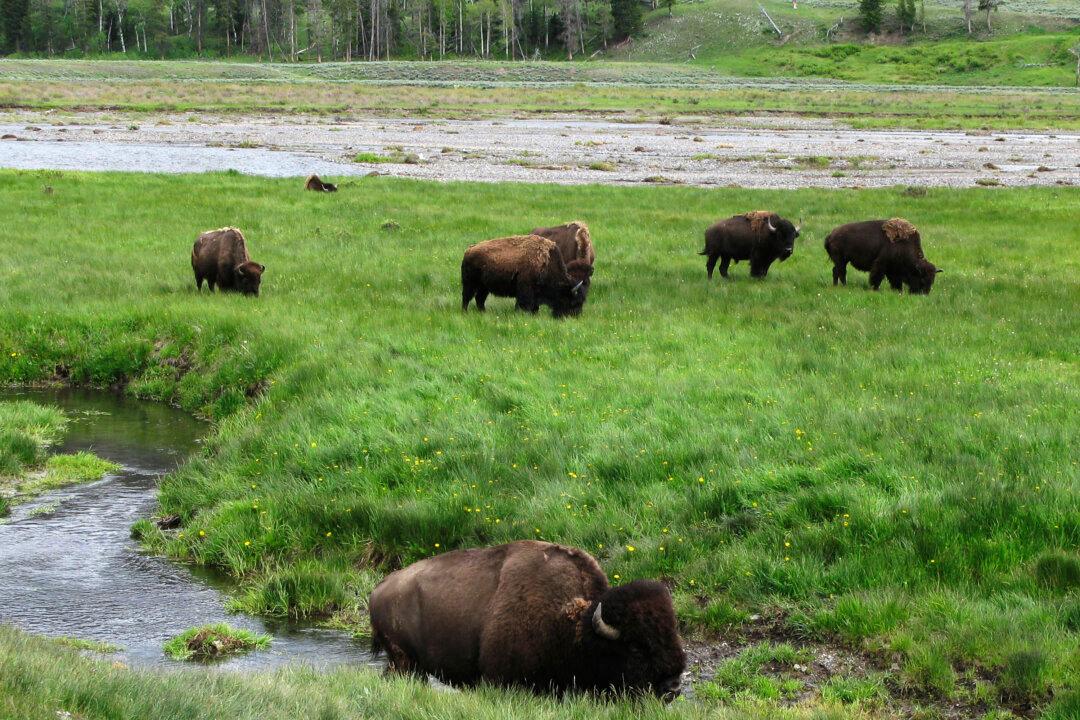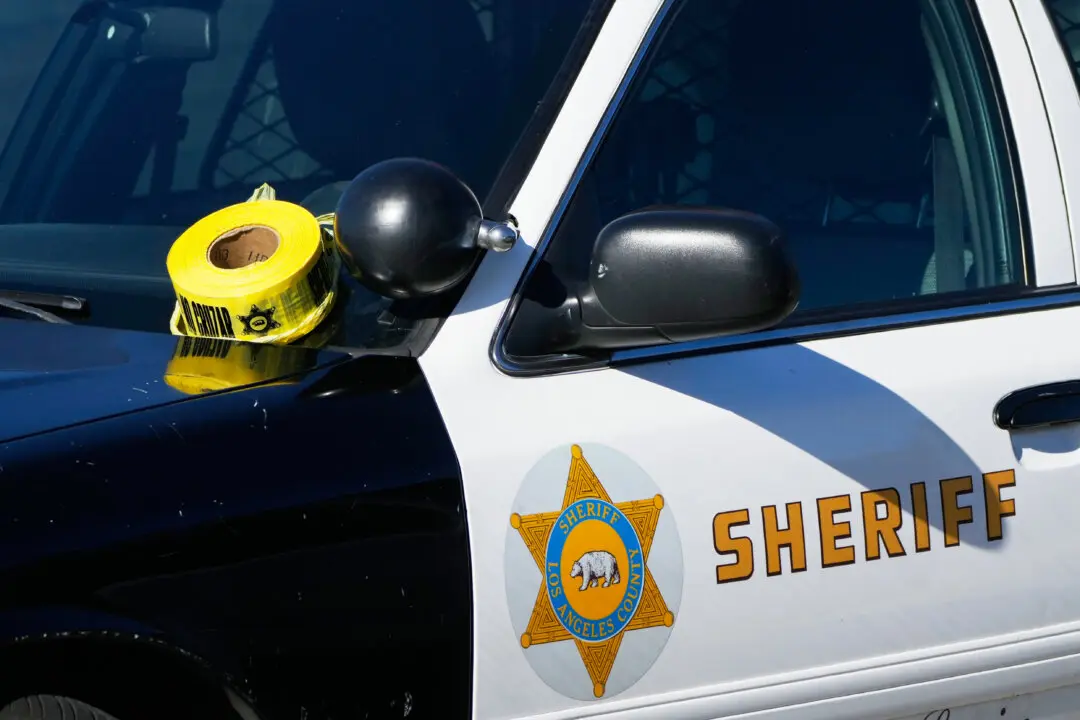BILLINGS, Mont.—Government agencies aim to kill or remove up to 900 wild bison from Yellowstone National Park this winter as part of an ongoing effort to reduce the animals’ annual migration into Montana by driving down their population.
Park officials on Tuesday released details of plans for at least 600 to 900 bison to be killed by hunters or captured and sent to slaughter. That potentially would be the most in one winter since 2008, and it represents more than 18 percent of the current population of about 4,900 animals.
Bison migrate annually from the high country of Yellowstone to their historical winter grazing grounds at lower elevations in Montana. Since the 1980s, worry over the animal disease brucellosis has prompted the killing of about 8,200 park bison.






